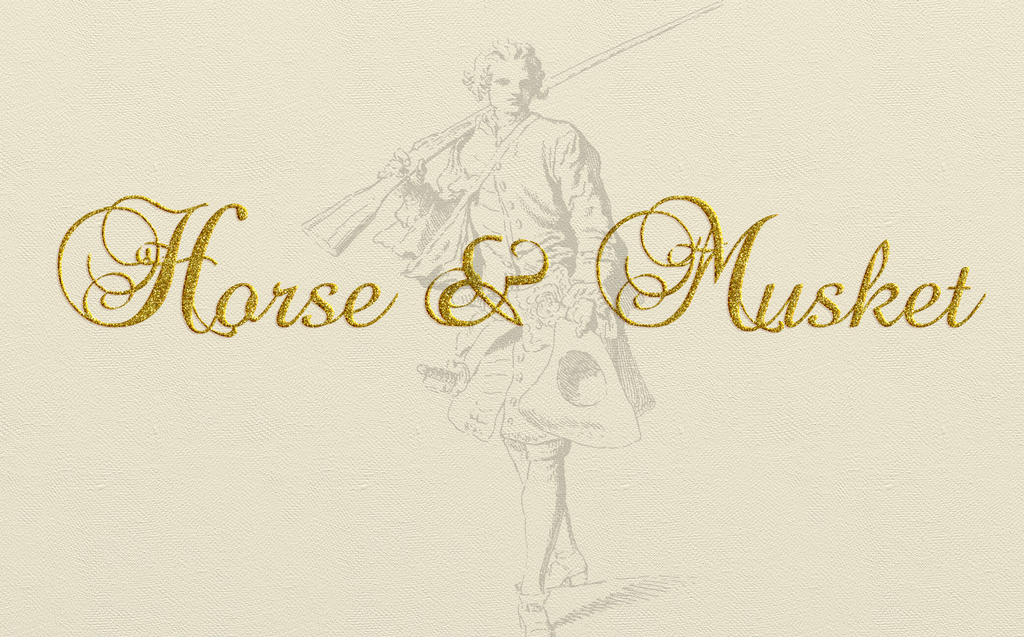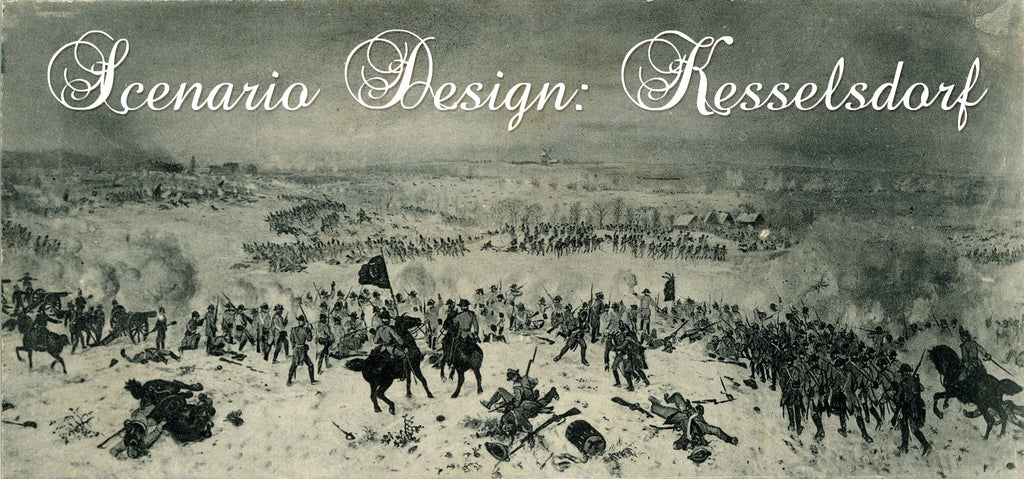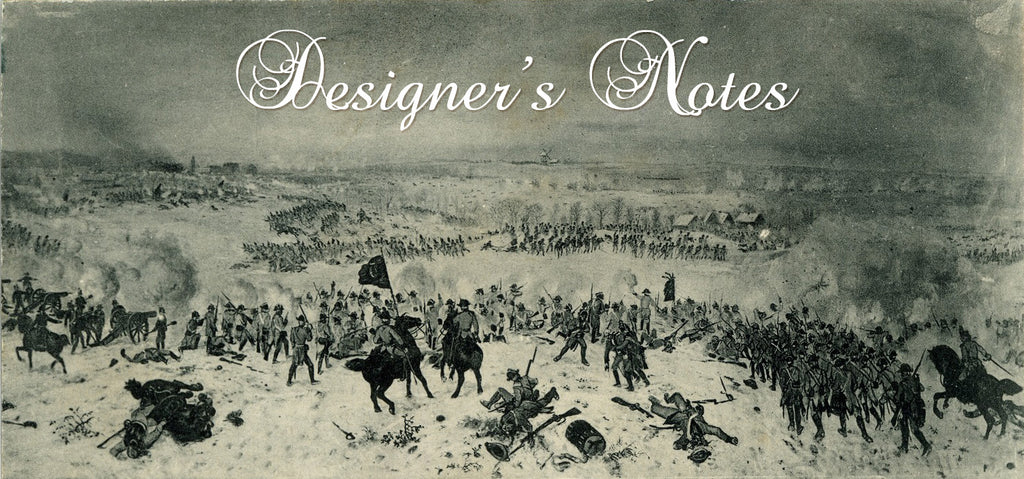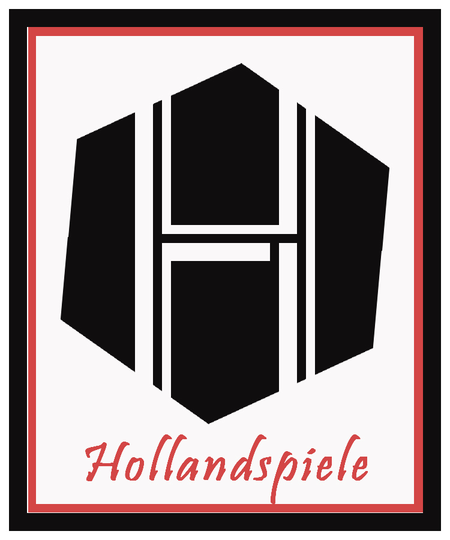Hollandazed: Thoughts, Ideas, and Miscellany — Horse & Musket
DINNER PLATES (by Amabel Holland)

Publishing historical board games involves a lot of writing, or more accurately, a lot of rewriting. With few exceptions - I can count 'em on two hands with fingers left over - everything we publish (rules, background material, et cetera) gets a style pass. Now, this isn't a reflection on the quality of the writing done by the original designers. It's not about that. It's about how we as a publisher organize and present information to the reader, and about what we value in that presentation, what we want to emphasize. A good example of this is the historical background...
A BATTLE, ON THE ICE (by Tom Russell)

Every year we do a Horse & Musket Annual, a collection of twenty new scenarios drawn from the periods covered by the box games published up until that time. Last month, we just released the second, and earlier this month we put out the call for entries for next year's. The first time, series designer Sean Chick and developer Doug Miller asked me if I wanted in on the action, and I said I would try to come up with something, but I ultimately failed to do so. It was the same story for year two, and I was determined...
DESIGNING HORSE & MUSKET: CRUCIBLE OF WAR (by Sean Chick)

When I started planning out the Horse & Musket series, Crucible of War (Volume III) was originally part of Sport of Kings (Volume II). The more research I did, the more I saw key differences between the War of the Austrian Succession and the Seven Years’ War. The mass introduction of iron ramrods, cadence marching, light infantry, and canister were just a few innovations that explain the more rapid pace and bloodier battles of the Seven Years’ War, although overall tactics were about the same. Yet, as soon as the Seven Years’ War ended a wave of rebellions occurred, stretching...
SCENARIO DESIGN: KESSELSDORF (by Sean Chick)

One of the joys and pains of scenario design in Horse & Musket is creating and learning about obscure battles. Sometimes maps and sources are so few that a scenario has to be abandoned, such as Villmanstrand (part of the Russo-Swedish War 1741-43). On the other end are battles for which maps and books in English are plentiful, such as Fontenoy and Culloden. Kesselsdorf lies between the obscure and the famous. The first step is to read what I can on the battle. The number of books treating the topic in a super specific way is zero. There are...
DESIGNER'S NOTES: HORSE & MUSKET: SPORT OF KINGS (by Sean Chick)

The challenge in creating Volume II of Horse & Musket lay with picking a time frame. The War of the Spanish Succession set the overall parameters of musket combat, which did not greatly change until the American and particularly the French Revolution. Yet, there is a difference between the wars that were fought from 1721 to 1748 on the one hand, and the apocalyptic Seven Years’ War on the other. The difference was less in tactics and more in the armies. The main armies of Europe in the period were France, Britain, Prussia, and Austria. Each had very different experiences...
- 1
- 2
